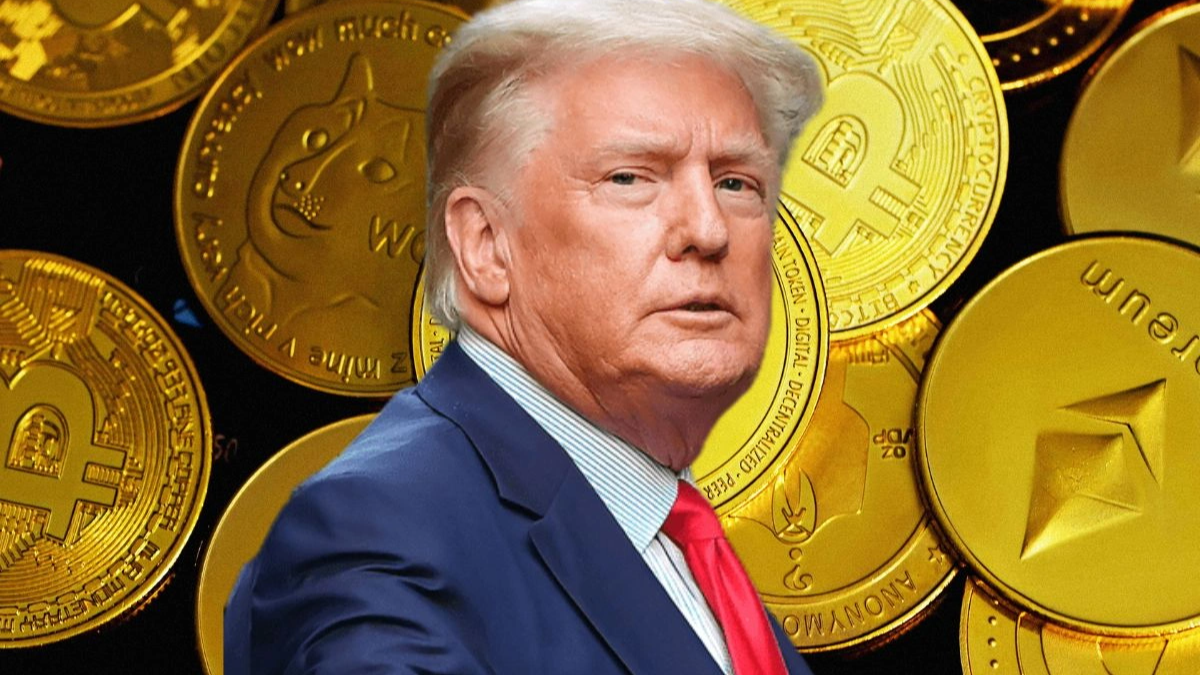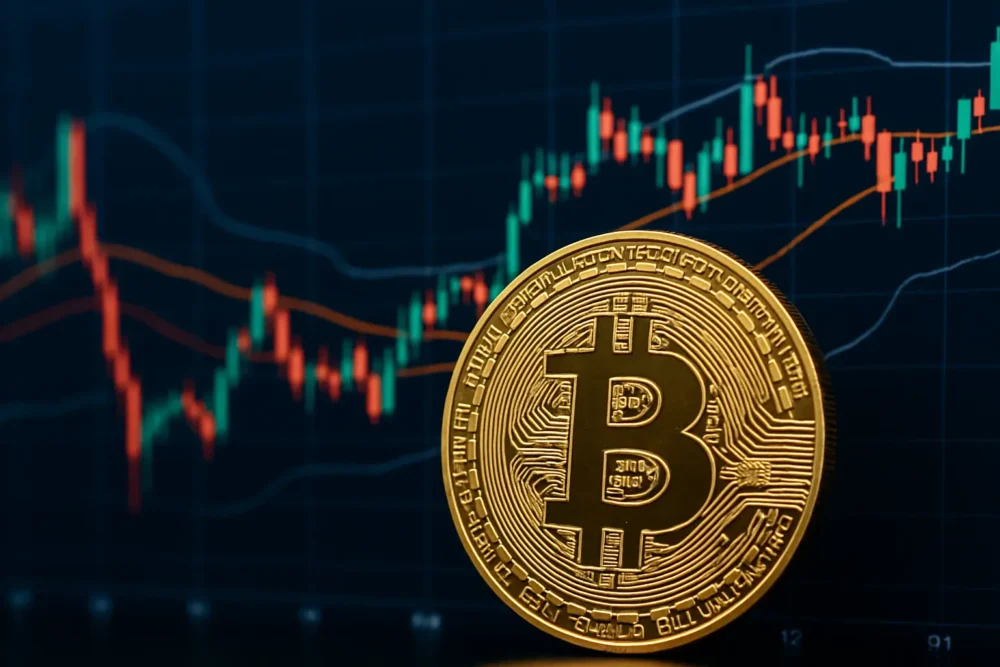In August, Ethereum‘s on-chain transaction volume hit an all-time high, reaching $1.46 trillion.
This record-breaking surge reflects the growing influence of stablecoins, which have seen their transaction volumes double since the start of the year.
There has been a significant increase in stablecoin transactions on the Ethereum’s network this year.
Back in January, the total stablecoin transaction volume stood at $652 billion. These numbers shifted over the months, peaking again in April with a total of $1.18 trillion in transactions.
Recent data showed that stablecoins are playing an increasingly important role on Ethereum’s blockchain.
The top stablecoin by volume was DAI, from MakerDAO, which recorded a massive $962.32 billion in transactions. This large number is believed to be driven by growing interest in decentralised finance (DeFi) products.
Some experts also believe that the surge in DAI usage suggests rising confidence in algorithmic stablecoins, which are digital currencies designed to maintain a stable value using algorithms rather than traditional reserves.
Following DAI were Tether’s $USDT and Circle’s $USDC, with transaction volumes of $265.84 billion and $209.98 billion, respectively.
Although these numbers are lower than DAI’s, $USDT and $USDC are still considered major players in the market.
Their widespread use has helped advance the DeFi space, providing crucial infrastructure that enables decentralised lending, liquidity pools, and yield farming.
However, some analysts have pointed out that the high filtered on-chain volumes for $USDT and $USDC could be due to large-scale transfers or even potential wash trading. Despite this, their importance in the market remains clear.
PayPal’s $PYUSD, while not in the top five, has shown significant growth since its recent launch. On-chain data shows that $PYUSD’s transaction volumes rose from $500 million to $2.4 billion.
Though it’s still early days for PayPal’s stablecoin, its steady rise suggests that it’s quickly gaining traction.
PayPal’s move into the stablecoin market
PayPal has been actively working to strengthen its position in the stablecoin market. In August, it partnered with Anchorage Digital to introduce a rewards program for $PYUSD users.
This program allows users to earn rewards without having to lend, stake, or reuse their assets, making it an attractive option for those seeking secure and accessible investment options.
Anchorage Digital emphasised the importance of asset security, stating,
“Crypto innovators want to put their treasury cash to work but cannot compromise on asset security or accessibility. That’s why Anchorage Digital is proud to work with PayPal”.
This partnership highlighted PayPal’s focus on offering secure and easy-to-use services for its stablecoin users.
As of now, $PYUSD’s 24-hour trading volume has reached $30.546 million, a 10% increase over the past day.
This growth reflects increasing interest in PayPal’s stablecoin, even though it still has a long way to go to compete with the likes of $USDT, $USDC, or $DAI.
Stablecoin’s role in DeFi
The increasing use of stablecoins, according to The Block’s Insights newsletter, shows a maturing ecosystem in the crypto world.
Larger transaction volumes suggest that liquidity pools are becoming deeper, there’s less slippage, and the markets are more efficient.
Stablecoins are a vital component of the DeFi ecosystem, as they power many financial services, including lending, liquidity provision, and yield farming.
Paxos, a stablecoin provider, also highlighted the benefits of stablecoins in the DeFi space in a June blog post.
They noted that stablecoins help reduce price volatility, allow more precise execution of smart contracts, and act as a store of value, which are all essential elements for the success of DeFi platforms.
While $USDT and $USDC remain dominant, competition is increasing. Newer stablecoins are emerging, bringing innovations in how they operate, with improved business models, governance structures, and broader use cases.
This competition is expected to drive further advancements in the stablecoin market.

